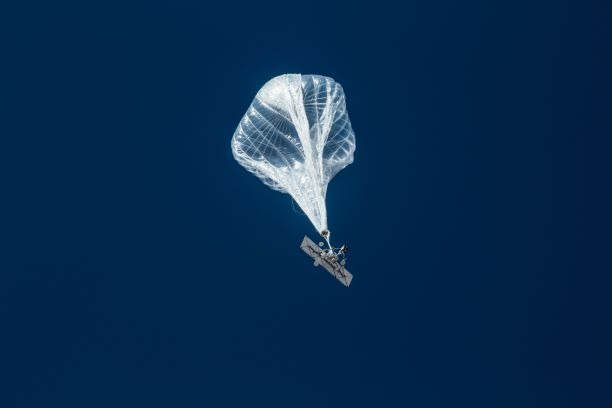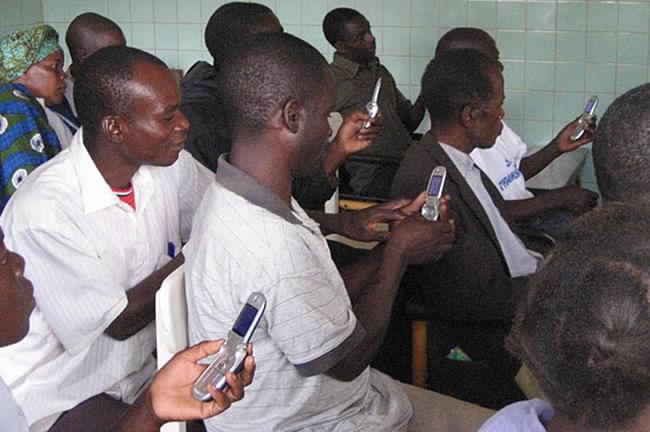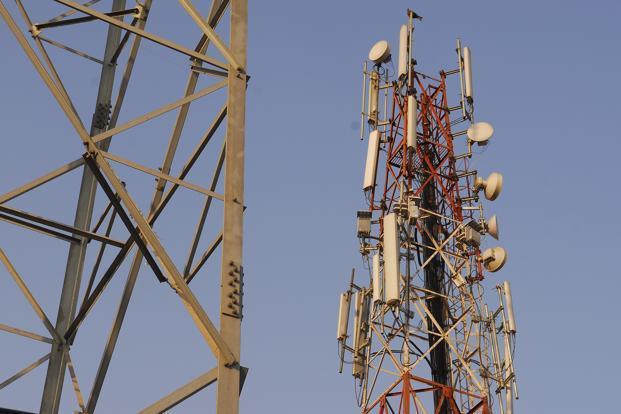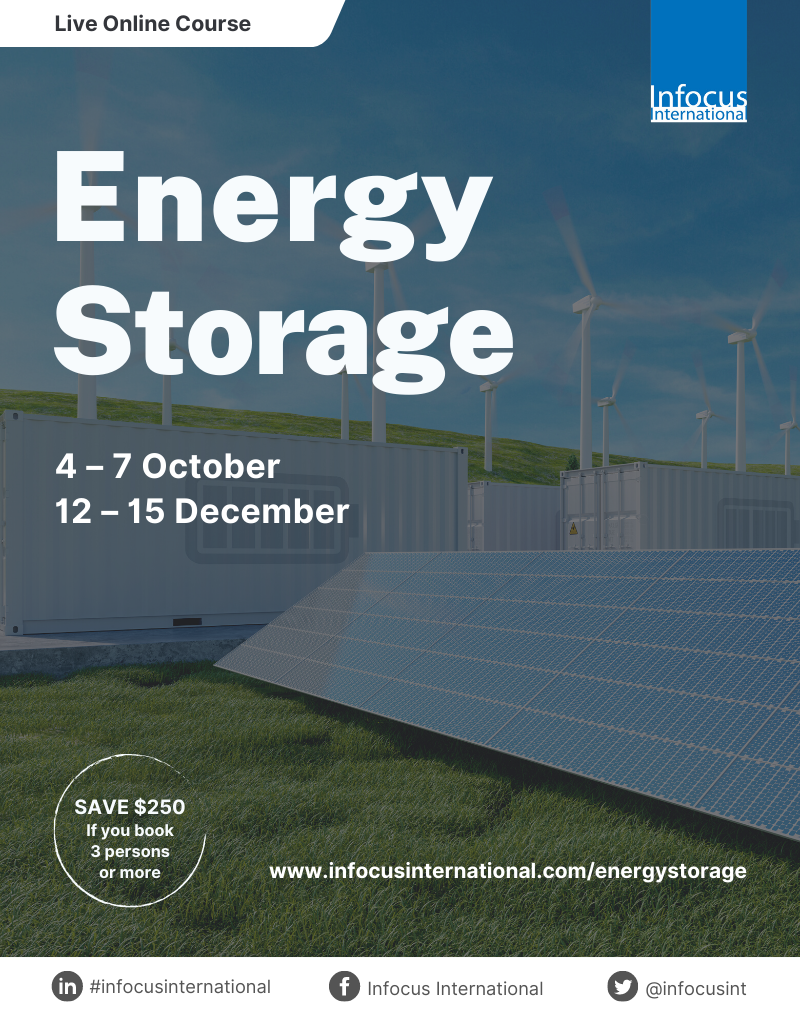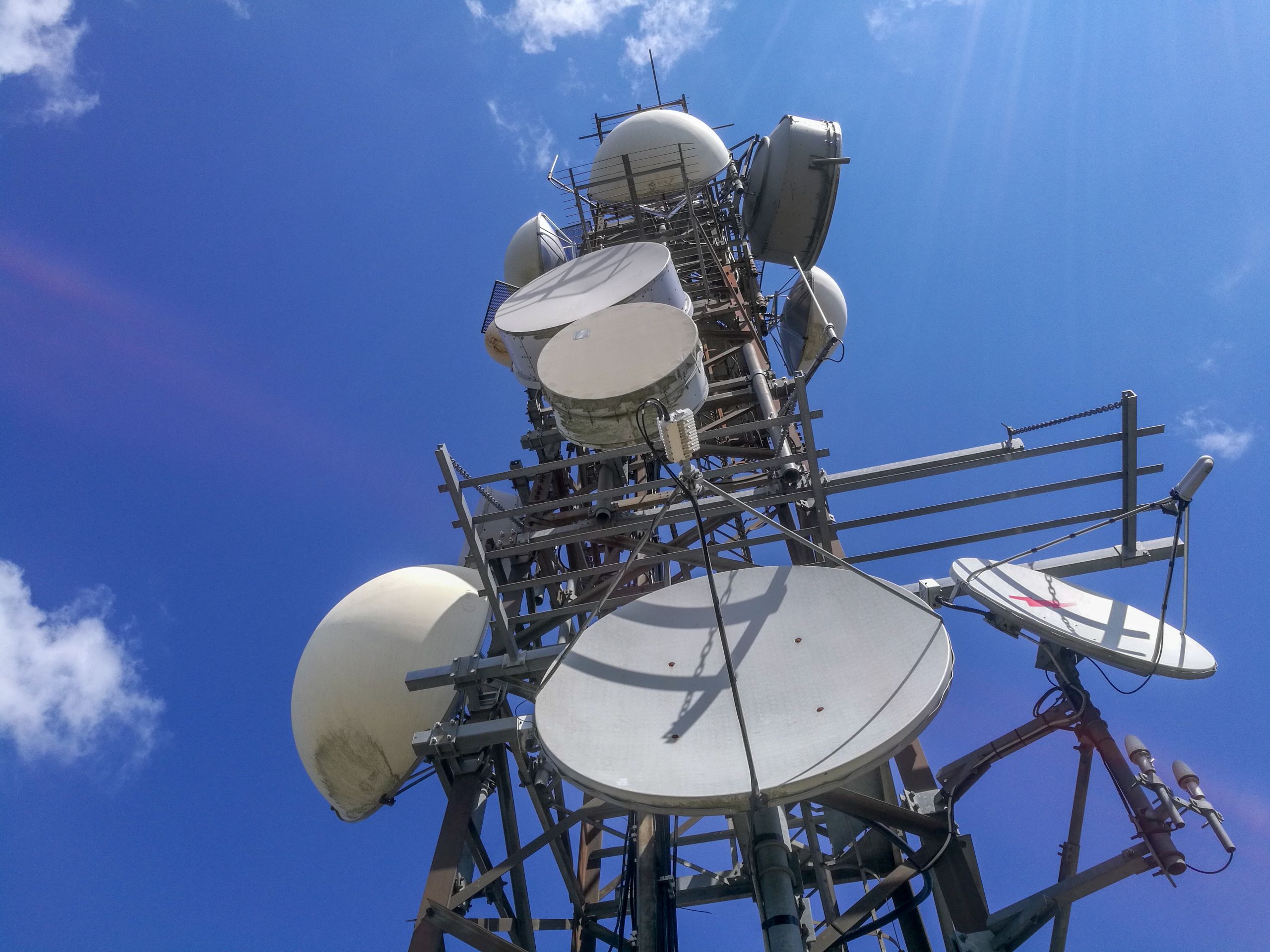If all goes according to plan, Uganda will soon beat infrastructure odds to deliver high speed 4G LTE internet to far-flung areas in the country using the ground-breaking internet connectivity technology. This is being planned under the Loon Project, an initiative of Alphabet Inc., the mother company that owns the search engine Google.
The Loon Project is a brainchild of the owners of Google to take internet to remote, un-served and under-served areas by, bypassing the usually laborious and prohibitive infrastructure like towers.
The Loon technology uses flying balloons as a substitute to masts and towers to deliver internet to otherwise remote areas of the world. The balloons are controlled from the launch centres, hundreds of miles away.
The Loon Project team was in Kampala recently where they interfaced with Ugandan key stakeholders including the National IT Authority (NITA), Civil Aviation Authority, and ministry of Defence, Ministry of Security, among others. The idea, according the project representatives, was to introduce the Ugandan officials to the project. At the meeting, also attended by the US Ambassador to Uganda, Deborah Malac, the Loon Project team exhibited the technology used in the system.
On their website, the Project describes their technology thus: “Loon has taken the most essential components of a cell tower and redesigned them to be light and durable enough to be carried by a balloon 20 km up, on the edge of space. Loon balloons are designed and manufactured to endure the harsh conditions in the stratosphere, where winds can blow over 100 km/hr, and temperatures can drop as low as -90° C.”
The complete technology (Loon System) that delivers internet comprises of a balloon, flight equipment, solar panels, a flight capsule and a parachute. The balloon is made from polythene sheets. Each balloon, the size of a tennis court is built to last over 100 days in the stratosphere before landing back on Earth in a controlled descent.
The flight equipment is built to be highly energy efficient and is powered from solar panels during the day and at night it uses an onboard battery charged during the daytime from the solar power. The flight equipment also has antennas that transmit connectivity “from ground stations, across a balloon mesh network, and back down to a user’s LTE phone. A user needs nothing more than a standard LTE phone to connect to a Loon balloon,” the Project says on their website.
The flight capsule holds the electronics that command and control the Loon system, while a parachute automatically deploys to guide the balloon safely back to Earth after its flight.
In East Africa, Loons are already flying in Kenya. Most notably, the technology was also used in September 2017 to provide emergency internet connectivity in Puerto Rico following the devastating Hurricane Maria that brought down all key installations and infrastructure- including telecoms towers. Loon provided internet as the telecom towers were being repaired.
Kampala’s biggest reservations on the technology will most likely be security and defence issues- as seen from the delegation to the meeting. Robert Eagles, the project’s head of aviation explained at the meeting that the balloons fly at about 20Kms above the ground, and are therefore way above aircrafts, flying fauna and weather events.




